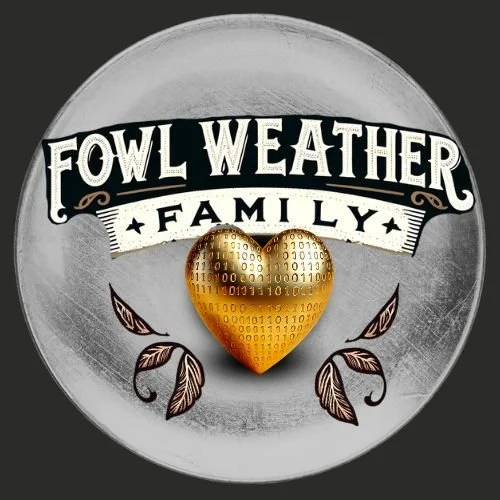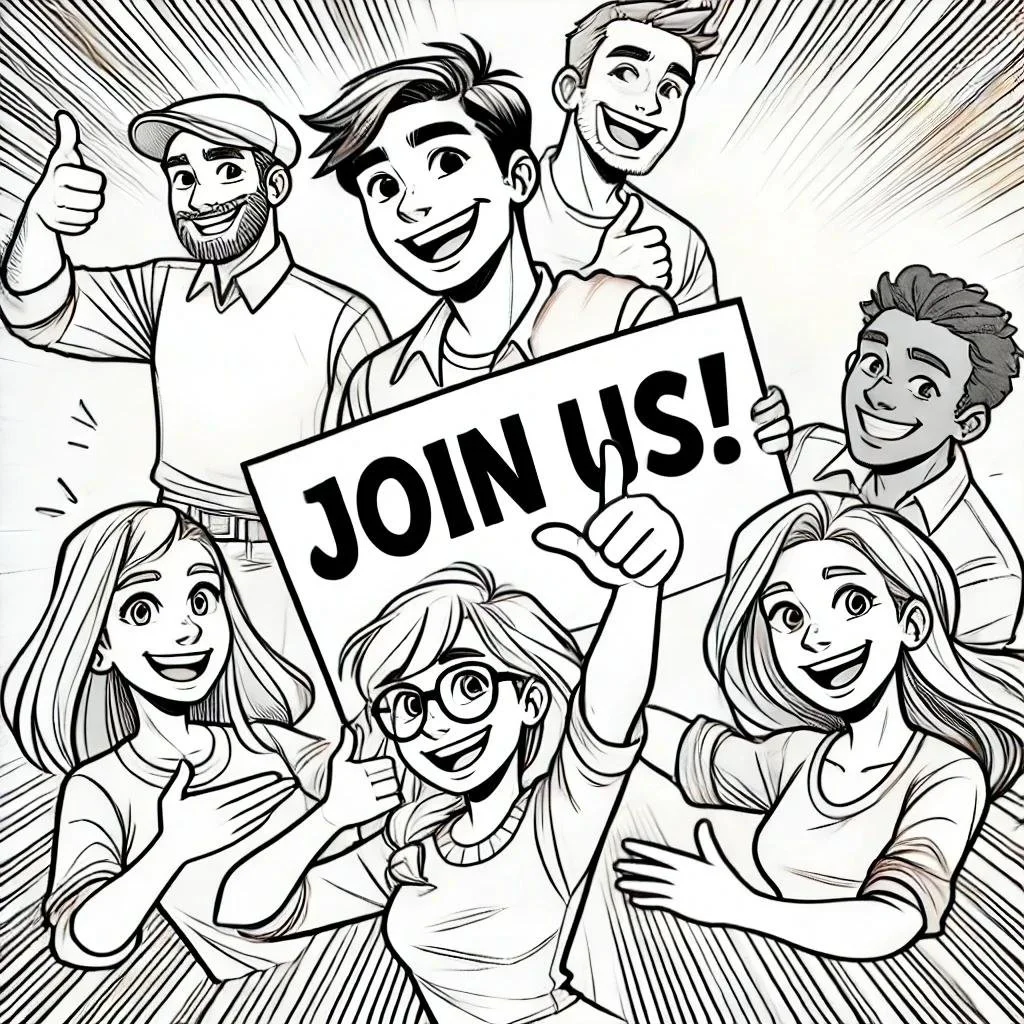Intro to the Moral Catalyst Framework: A Different Way to Think About Ethics
Morality is one of the oldest conversations in human history. We define it, debate it, and build systems around it. Yet, time and again, those systems fall short.
Some are too rigid, breaking under the weight of real-world complexities. Others are too fluid, dissolving into personal justifications rather than shared accountability. Somewhere between these extremes lies the space where true ethical decision-making happens—but how do we find it?
The answer isn’t in choosing one side or the other. It’s in movement.
What if morality wasn’t a fixed set of rules, but something dynamic—something that evolves in response to the world around it while maintaining a core of integrity?
The Moral Catalyst Framework is built on that idea. Not as an answer to all ethical dilemmas, but as a way to engage with them differently. To shift from static judgment to active responsibility. To bridge the gap between intention and impact.
Stay tuned for the details in our upcoming article this Thursday!
This isn’t about rewriting morality. It’s about understanding it in a way that works.
And that conversation is just beginning.


